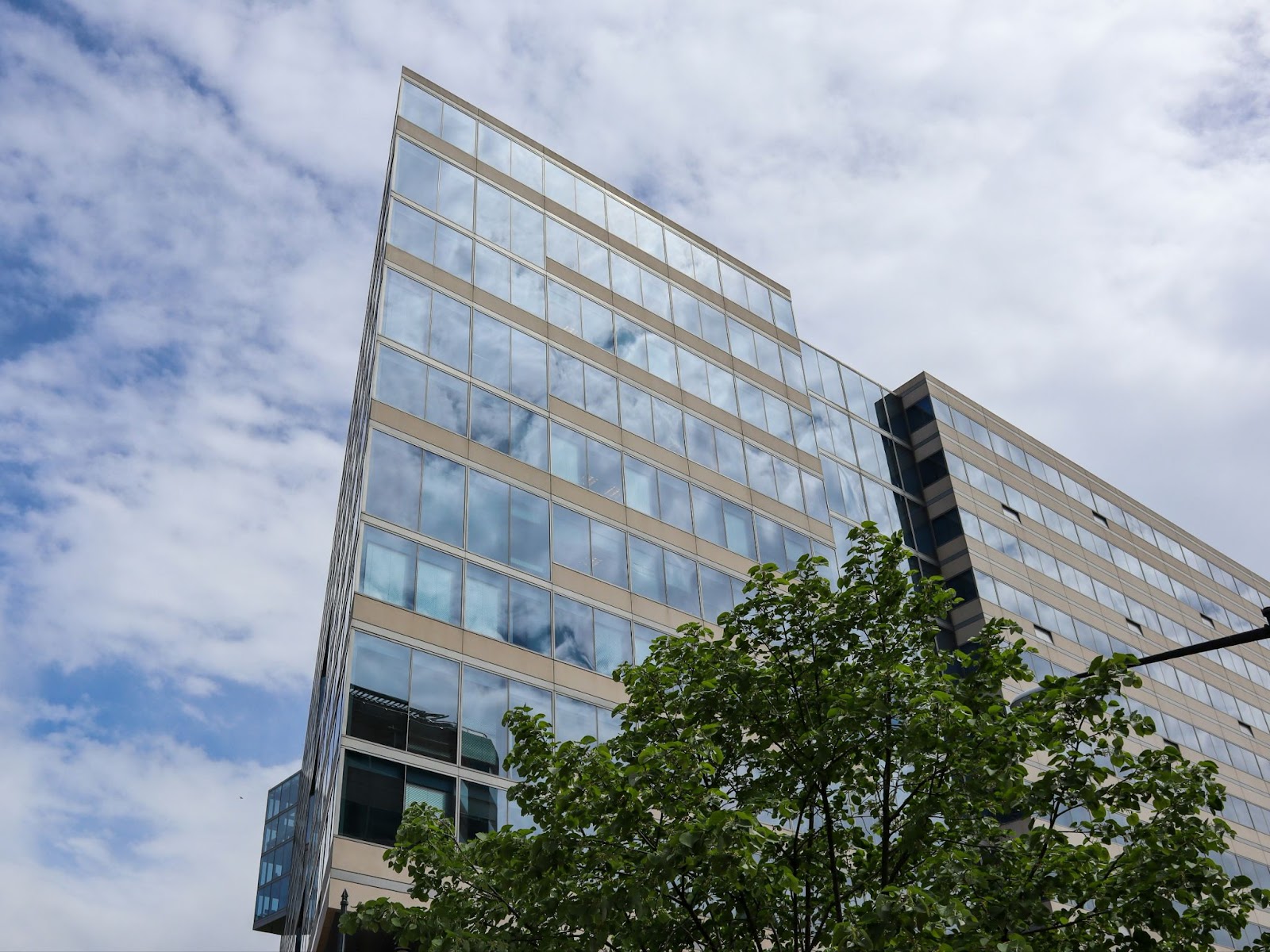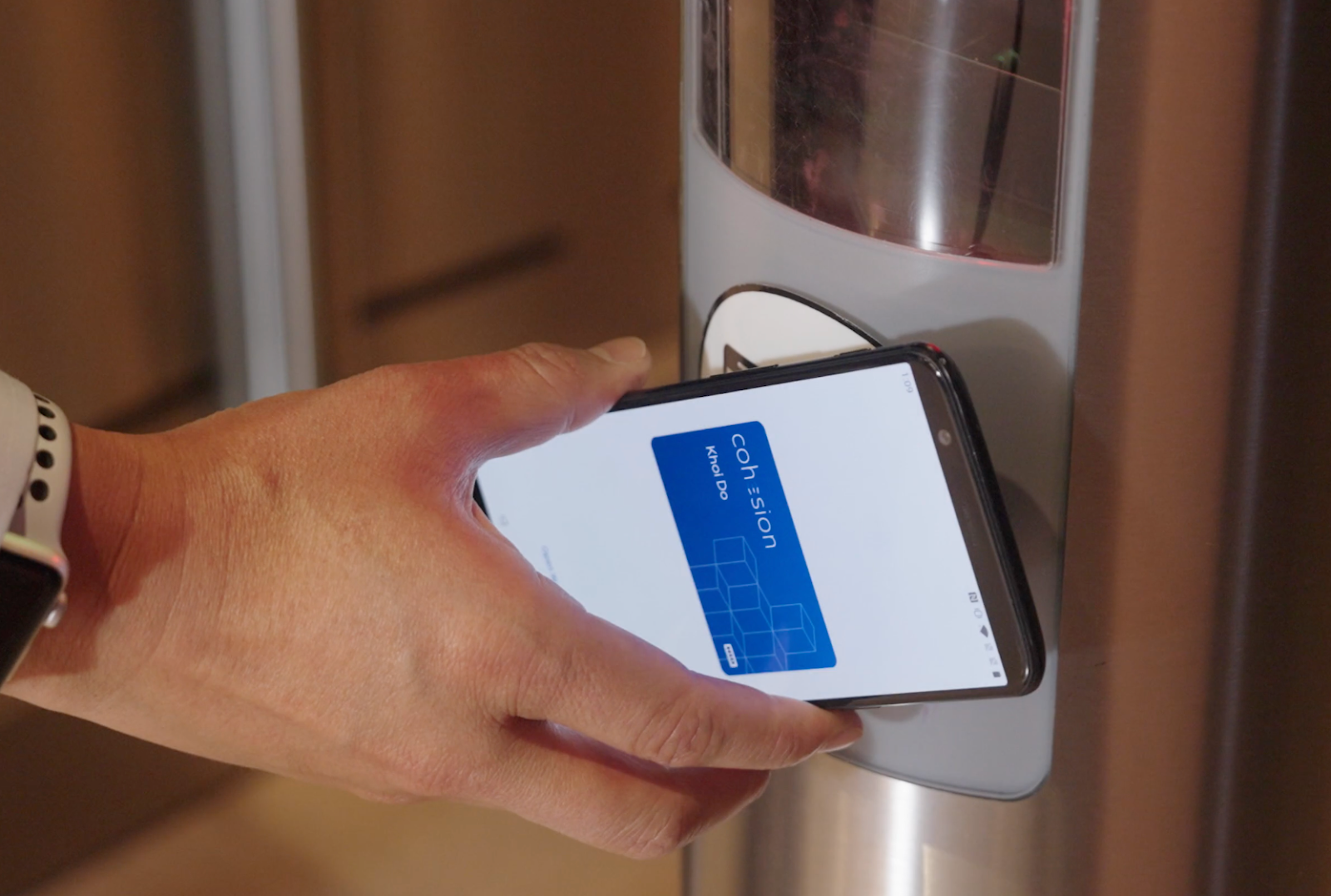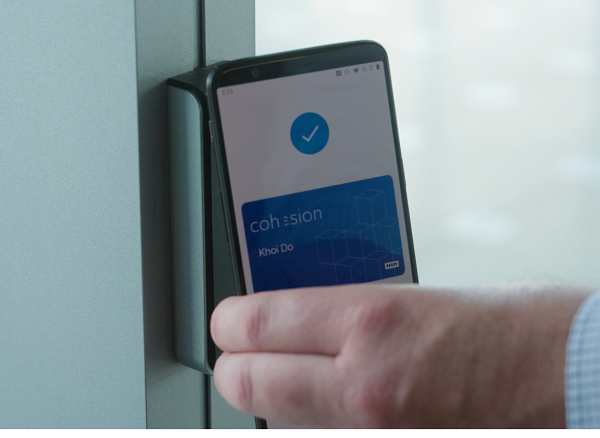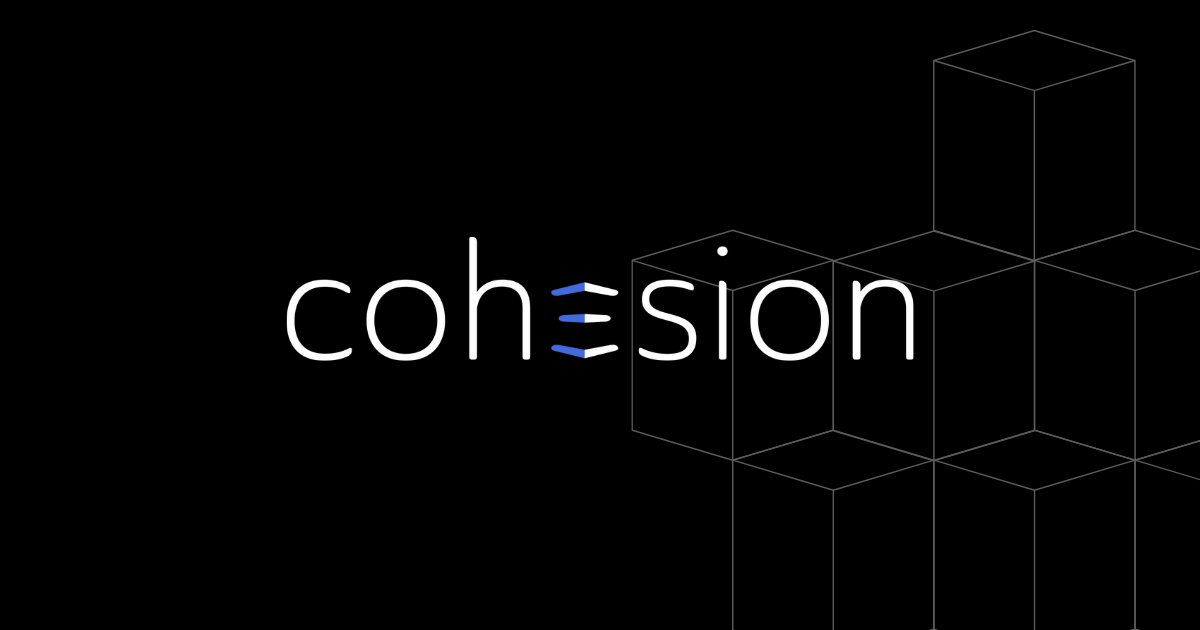The first impression of your building isn't made by the architecture or the decor; it's made at the front desk. For decades, this critical touchpoint has been managed by paper logbooks and manual processes—creating security vulnerabilities, operational bottlenecks, and a dated experience for guests. In today's competitive landscape, where security and user experience are paramount, this approach is no longer viable. A modern visitor management system is the strategic upgrade that transforms your lobby from a simple entryway into an intelligent, secure, and welcoming hub.
This article explores the essential functions of a modern visitor management platform. We will examine how these systems strengthen security protocols, improve operational workflows, and create a superior guest journey from pre-registration to departure. You will find a clear path to replacing outdated methods with an integrated solution that adds measurable value to your asset.
Table of Contents
- What Is a Visitor Management System?
- The Strategic Imperative: Why Upgrade from Manual Logbooks?
- Core Capabilities of Modern Visitor Management Software
- The Cloud Advantage: On-Premise vs. Cloud-Based VMS
- The Power of Integration: A Connected Building Ecosystem
- Tailored Solutions for Demanding Industries
- Frequently Asked Questions
- Transform Your Building's First Impression

What Is a Visitor Management System?
A visitor management system (VMS) is a technology solution that automates and digitizes the entire process of registering, monitoring, and managing visitors in a building. It replaces insecure and inefficient paper-based logs with a streamlined, software-driven workflow.
At its core, a VMS serves as the central command center for your lobby, handling everything from sending visitor invitations to printing badges and notifying hosts of their guest's arrival. By creating a complete and auditable digital record of every person who enters your facility, these systems provide critical data for security, compliance, and operational analysis. The market for this technology reflects its growing importance, with projections expecting it to exceed $3.4 billion by 2030 at a compound annual growth rate of over 12% (Mordor Intelligence).
The Strategic Imperative: Why Upgrade from Manual Logbooks?
Relying on a clipboard and pen presents significant risks and inefficiencies. A modern VMS addresses these shortcomings by delivering compounding benefits across three key pillars.
Strengthened Security: Manual logs offer no real security. Information can be falsified, illegible, or viewed by other guests, creating privacy risks. A digital system confirms visitor identity, screens against watchlists, and integrates with smart access control systems to grant time-limited permissions, ensuring only authorized individuals enter specific areas.
Improved Guest Experience: Long queues, redundant paperwork, and a confused check-in process create a poor first impression. A VMS automates this journey. Guests can be pre-registered by their hosts, receive a branded email with directions, and use a QR code for a touchless check-in that takes seconds. This frictionless process shows that you value their time and safety.
Increased Operational Efficiency: Front desk staff are often burdened with repetitive administrative tasks. A VMS automates check-ins, host notifications, and the signing of legal documents like NDAs. According to data from Envoy, 96% of customers report their VMS saves their teams valuable time, freeing personnel to focus on higher-value activities.
Core Capabilities of Modern Visitor Management Software
Not all systems are created equal. A truly effective visitor management software solution moves beyond simple registration to offer a suite of integrated features.
Visitor Pre-registration: Allows hosts to invite guests in advance, triggering an automated email with check-in instructions, maps, and other essential details.
Touchless QR Code Check-in: Enables guests to check in quickly and safely using their smartphone, minimizing contact and speeding up lobby traffic.
Instant Host Notifications: Automatically alerts employees via email, SMS, or workplace communication platforms like Slack and Microsoft Teams when their guest has arrived.
Access Control Integration: The most critical feature for security. The VMS can communicate with your building's access control system to issue temporary credentials that permit entry only to approved doors and floors for the duration of the visit.
Digital Document Signing: Prompts visitors to read and sign NDAs, safety waivers, or health screenings as part of the check-in process, storing the records digitally for easy retrieval and compliance.
Real-time Reporting & Analytics: Provides building managers with powerful insights into visitor traffic, peak hours, and host activity through an intuitive dashboard. This data is essential for optimizing space and staffing. Cohesion's Savvy AI platform uses this data for predictive analysis.
Emergency Evacuation Management: Instantly generates a real-time, accurate list of all visitors currently on-site, which can be accessed from any mobile device by safety personnel during an emergency.

The Cloud Advantage: On-Premise vs. Cloud-Based VMS
The decision between an on-premise and a cloud-based visitor management system is a critical one. While on-premise solutions may seem secure, they often come with high upfront costs, complex maintenance, and limited scalability. A cloud-based platform offers superior flexibility, security, and a lower total cost of ownership.
Feature
Cloud-Based VMS
On-Premise VMS
Accessibility
Accessible from anywhere with an internet connection.
Restricted to the local network.
Maintenance
Managed by the provider; updates are automatic.
Requires dedicated IT staff for updates and support.
Scalability
Easily scales across multiple locations and buildings.
Difficult and costly to expand.
Data Security
Hosted in secure data centers with redundancy and compliance certifications (e.g., SOC 2).
Security is dependent on internal IT infrastructure and protocols.
Upfront Cost
Low; typically a subscription-based model (SaaS).
High; requires purchase of hardware and software licenses.
For modern buildings and portfolios, a cloud-based architecture is the clear choice for future-proofing your operations.
The Power of Integration: A Connected Building Ecosystem
A VMS should not operate in a vacuum. Its true power is unlocked when it integrates with the other systems that run your building and business. A connected VMS acts as a data bridge, creating a truly intelligent environment.
Access Control Systems: As mentioned, this integration is fundamental for security, turning the VMS into an active part of your defense posture.
Workplace Communications: Connections with Slack and Microsoft Teams streamline host notifications and make visitor arrivals part of the natural workflow.
Calendar & Email: Integrating with platforms like Google Workspace and Microsoft 365 allows hosts to pre-register visitors directly from their calendar invitations.
Tenant Experience Platforms: A VMS can feed data into broader smart experience apps, giving occupants a single interface for managing visitors, booking amenities, and accessing the building.
Tailored Solutions for Demanding Industries
Different environments have unique visitor management needs. A flexible VMS can be configured to meet the specific security and compliance requirements of any sector.
Commercial Real Estate: For multi-tenant buildings, a VMS provides a unified, professional experience for all occupants while giving property managers portfolio-wide visibility into visitor traffic.
Corporate Workplaces: Companies can customize the check-in flow to reflect their brand, enforce security policies, and automate the signing of NDAs for all non-employees. Cohesion's workplace solutions provide comprehensive tools for corporate environments.
Healthcare Facilities: VMS helps manage patient visitors, vendors, and contractors, ensuring compliance with health and safety regulations while protecting patient privacy.
Industrial & Manufacturing: These systems are crucial for tracking contractors and suppliers, ensuring they have completed required safety training and have access only to designated work zones.

Frequently Asked Questions
1. How does a VMS improve building security?
A VMS improves security by creating a digital, auditable record of every visitor. It confirms identity, screens against internal or external watchlists, and integrates with smart access systems to enforce access policies, ensuring visitors only go where they are authorized.
2. Is visitor data stored securely in a cloud-based system?
Reputable cloud-based VMS providers use top-tier data centers with robust security measures, including data encryption in transit and at rest. Look for providers that are compliant with standards like SOC 2, GDPR, and CCPA to confirm their commitment to data privacy. Explore our Smart Building Advisory services to learn more.
3. How difficult is it to implement a new visitor management system?
Modern cloud-based systems are designed for rapid deployment. Implementation typically involves setting up a tablet kiosk in the lobby, configuring the software with your branding and specific workflows, and providing brief training for staff. The entire process can often be completed in a matter of days, not weeks.
4. Can a VMS work across a portfolio of multiple buildings?
Yes, this is a primary strength of cloud-based visitor management software. A single administrative dashboard can be used to manage and monitor visitor activity across an entire portfolio, applying consistent policies while allowing for site-specific customizations.
Transform Your Building's First Impression
A modern visitor management system is more than a digital logbook; it is a foundational piece of smart building technology. It strengthens security, delivers significant operational efficiencies, and provides the frictionless, professional welcome that modern guests and tenants expect. By integrating visitor workflows with your core building systems, you create a responsive, resilient, and data-driven environment.
If you are ready to move beyond outdated processes and implement a solution that connects people, places, and technology, our experts are here to help.
Request a demo to see how Cohesion can modernize your visitor management.





























